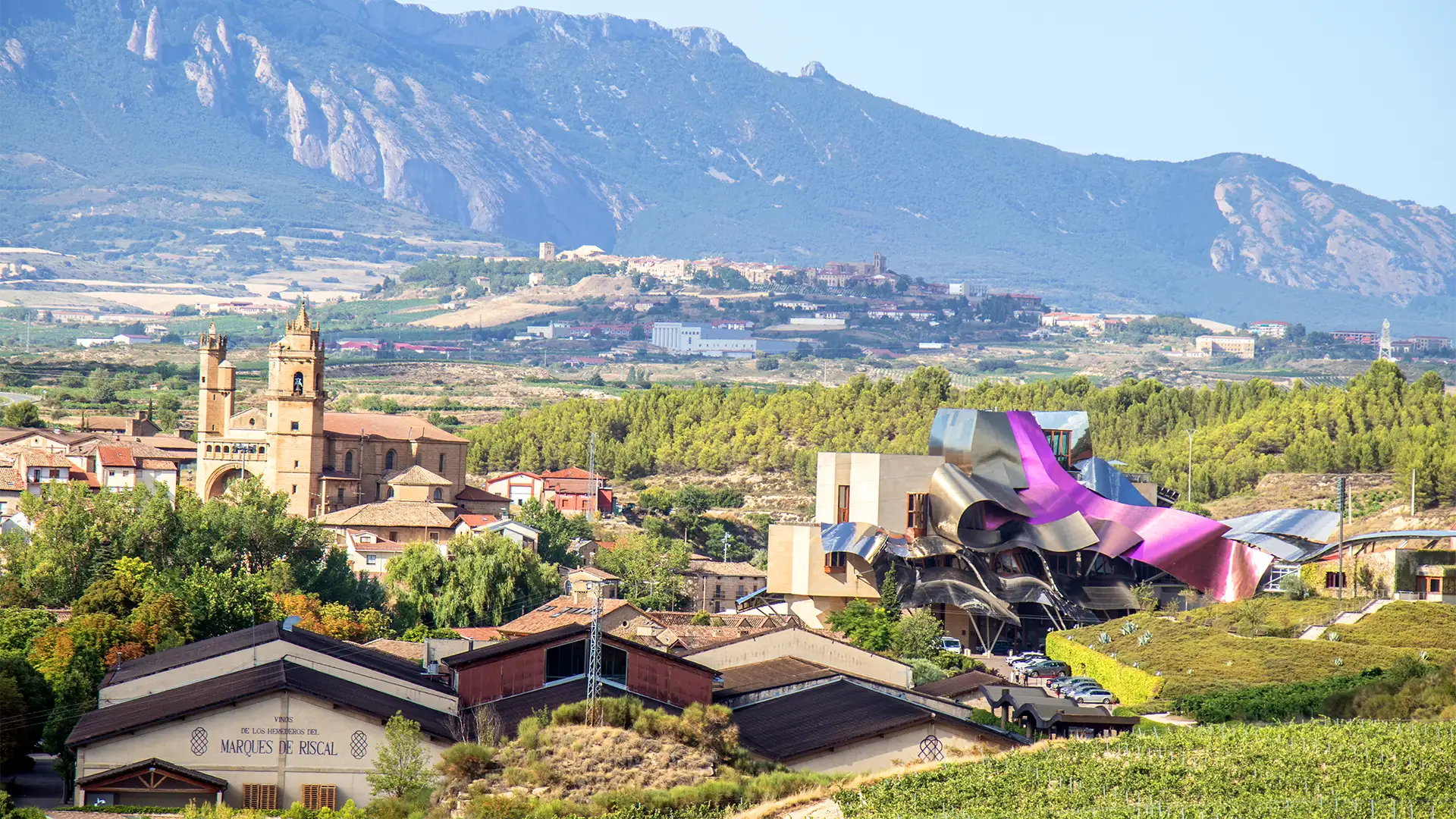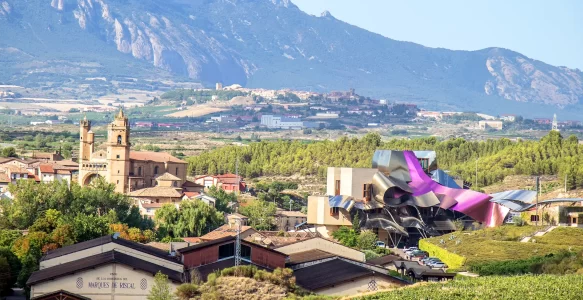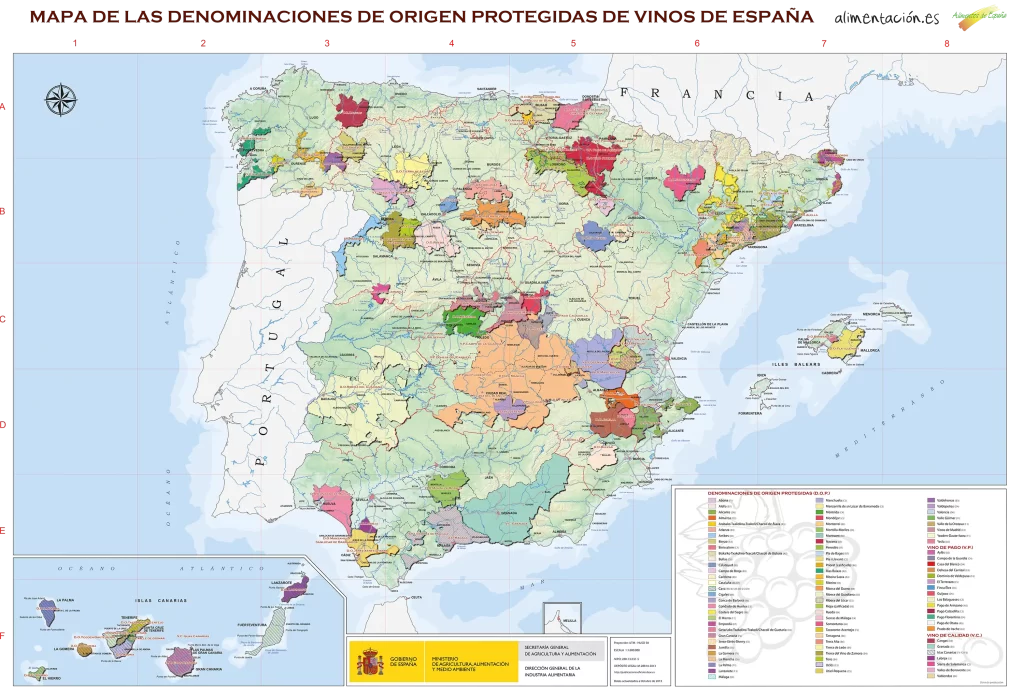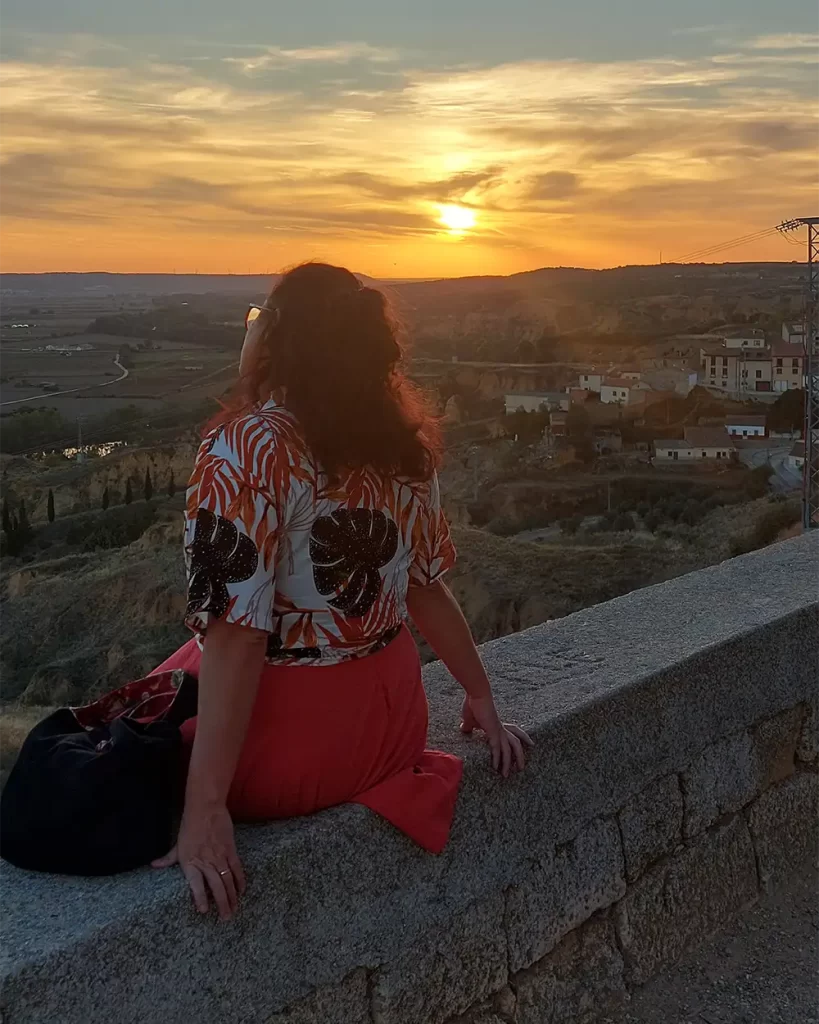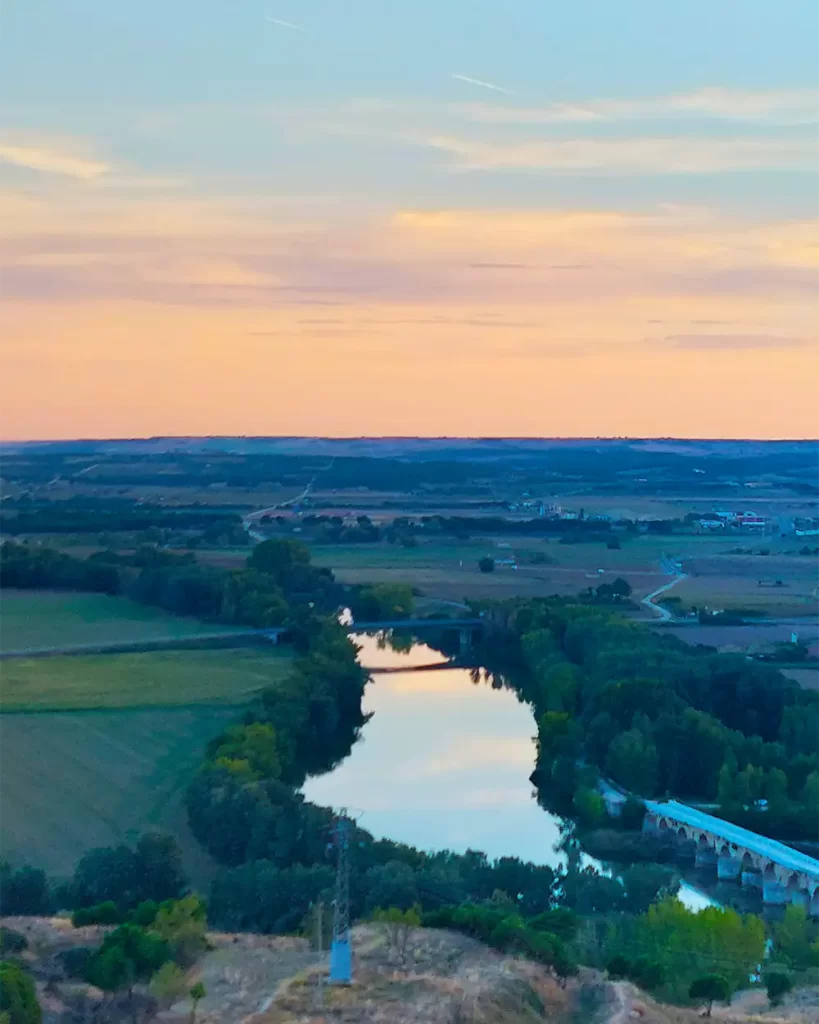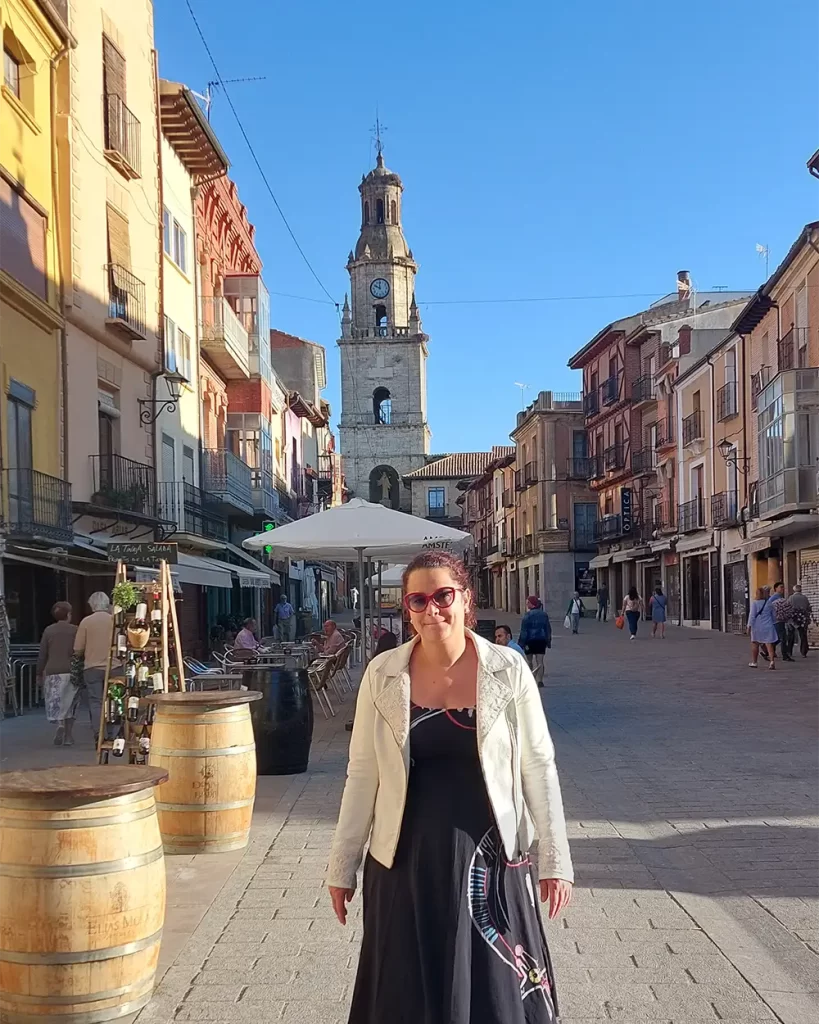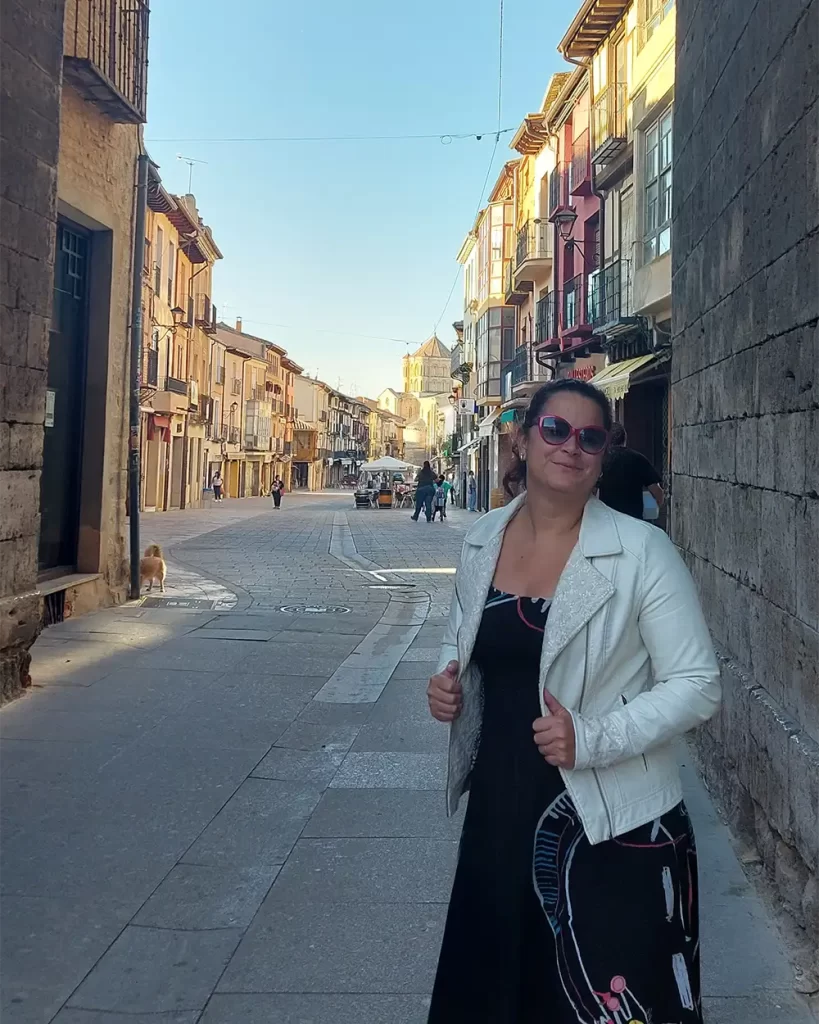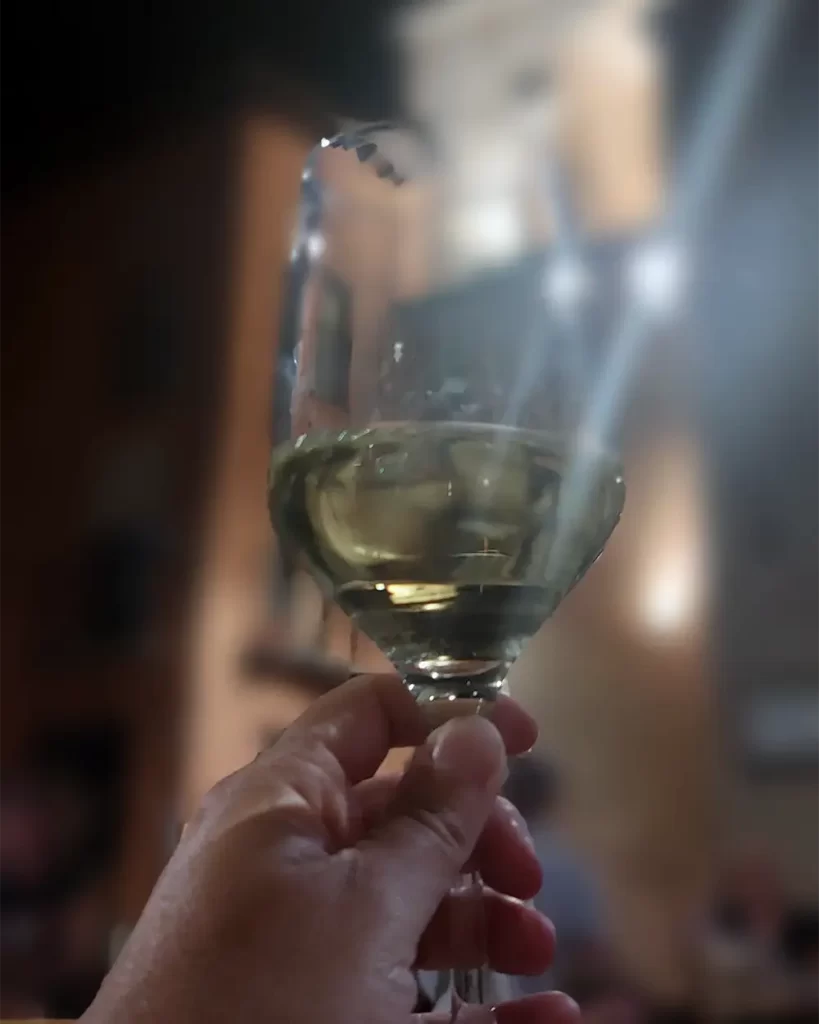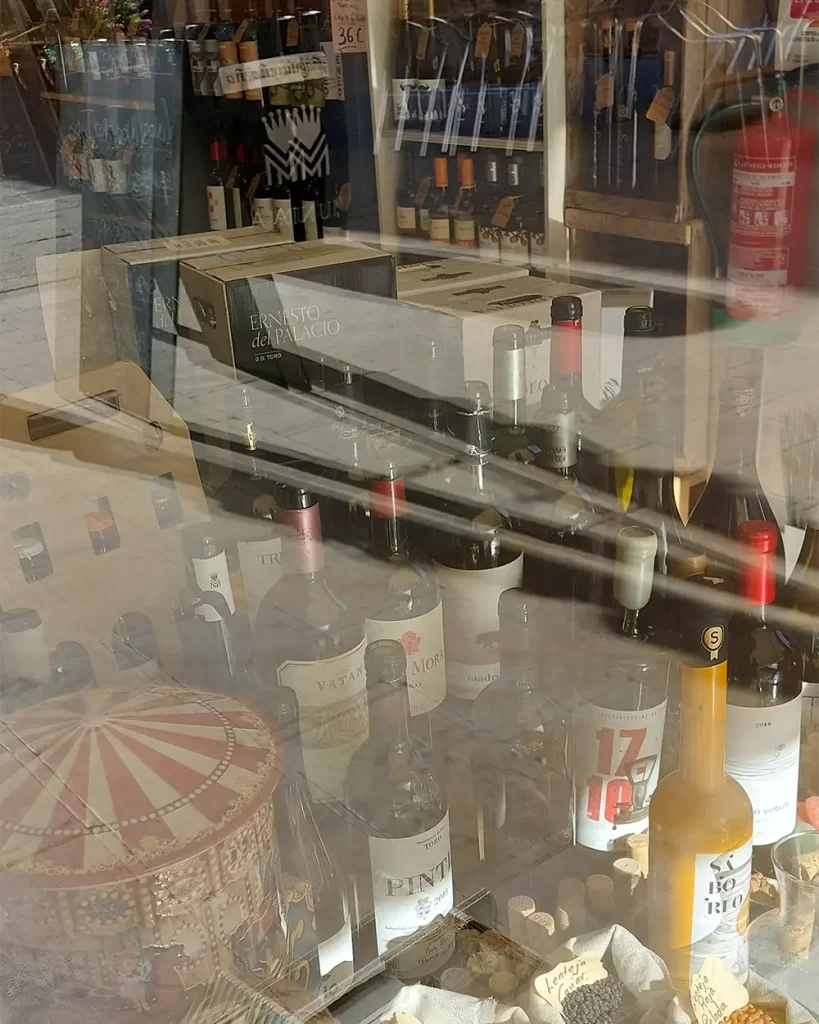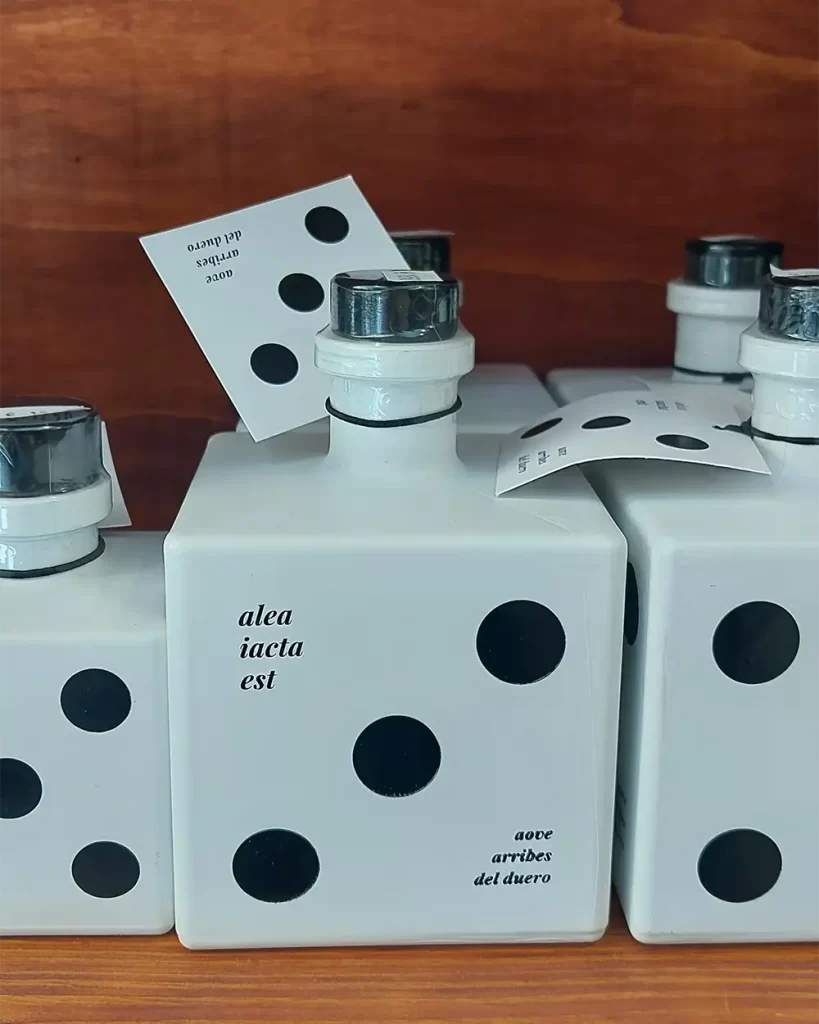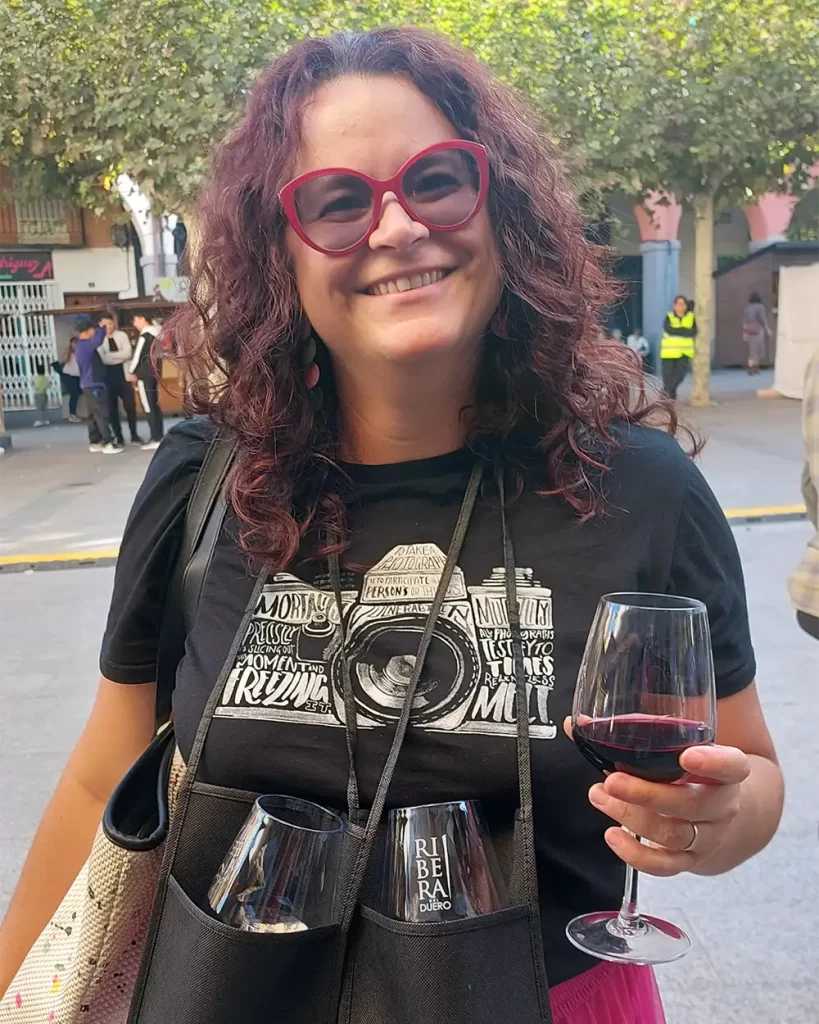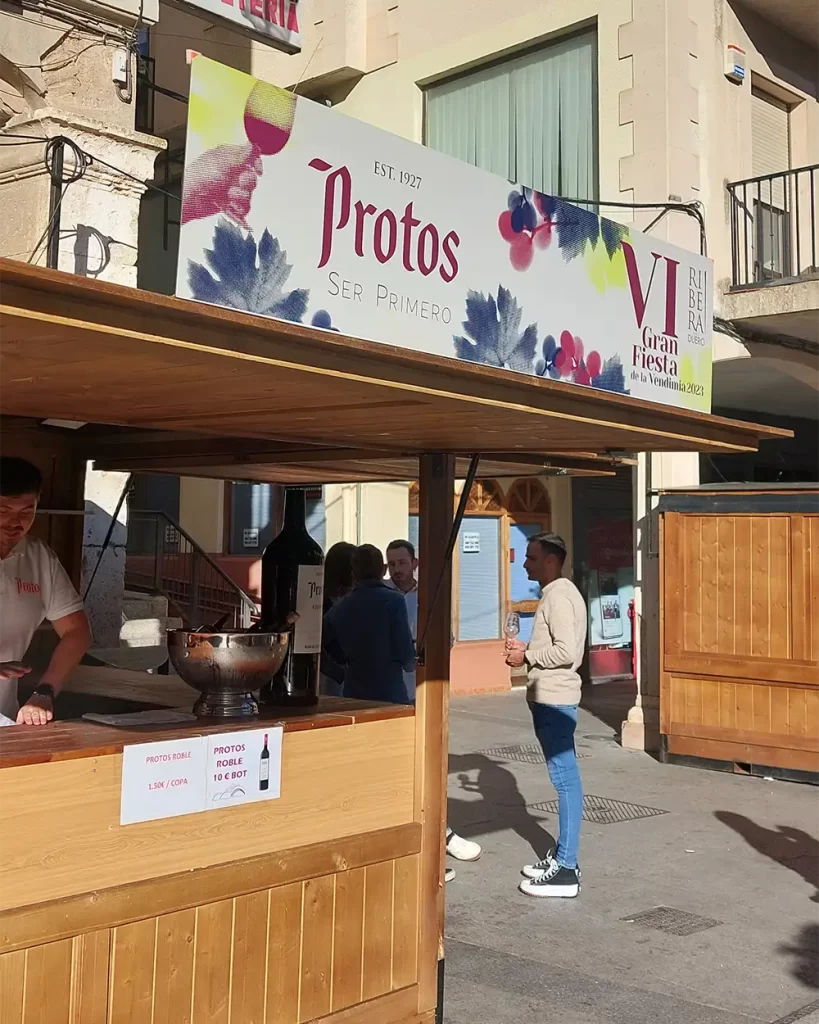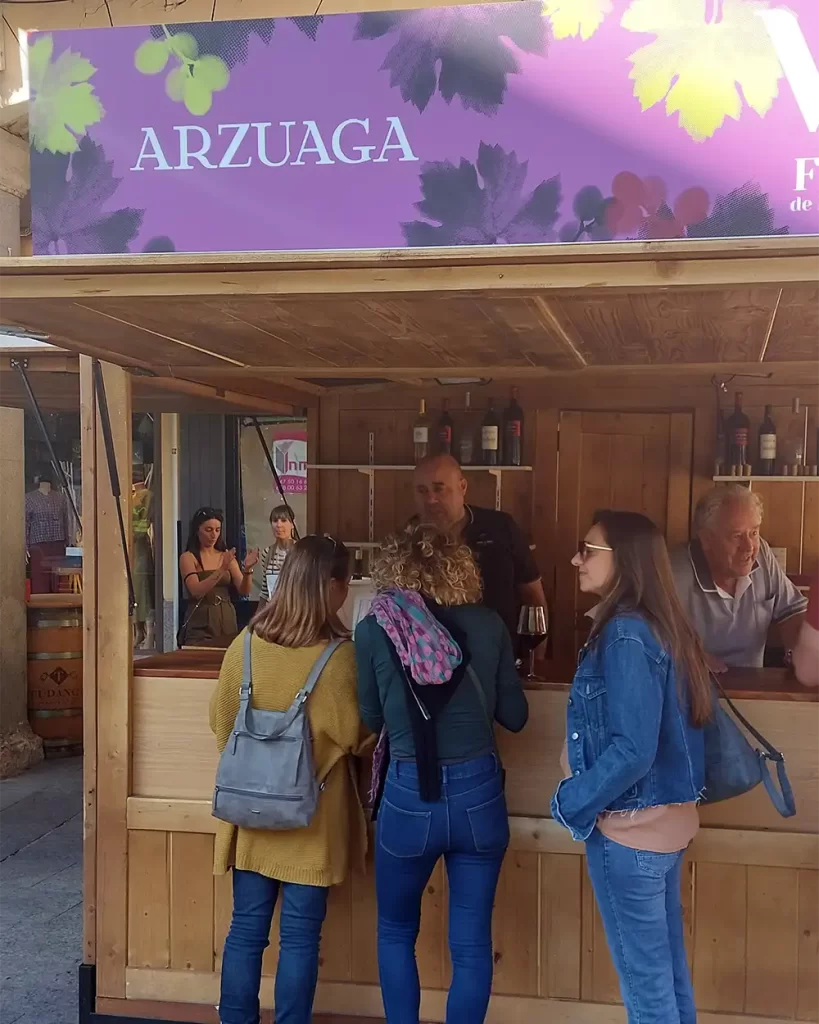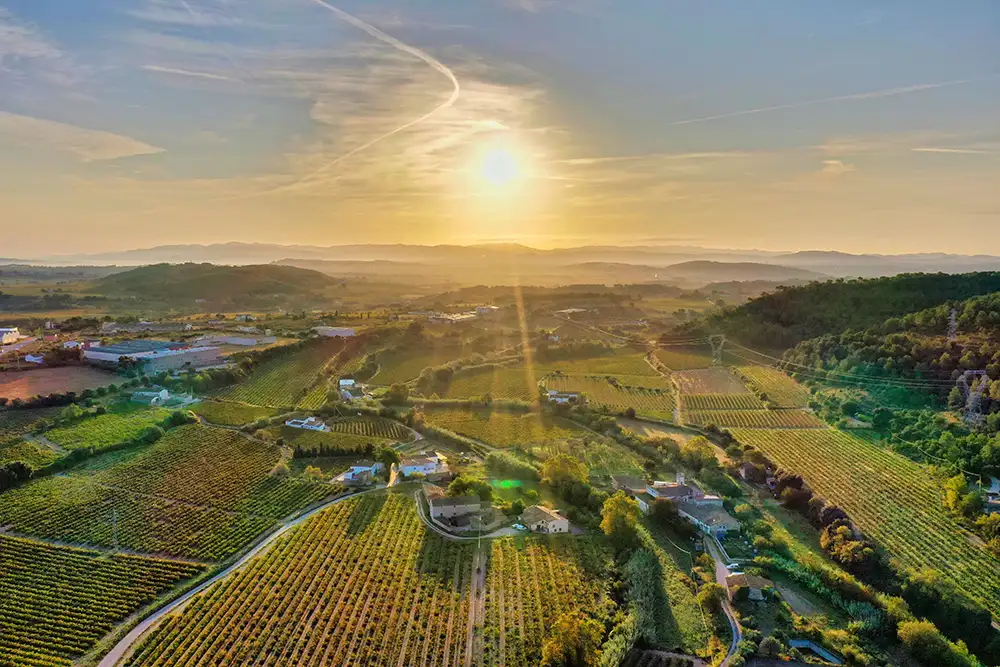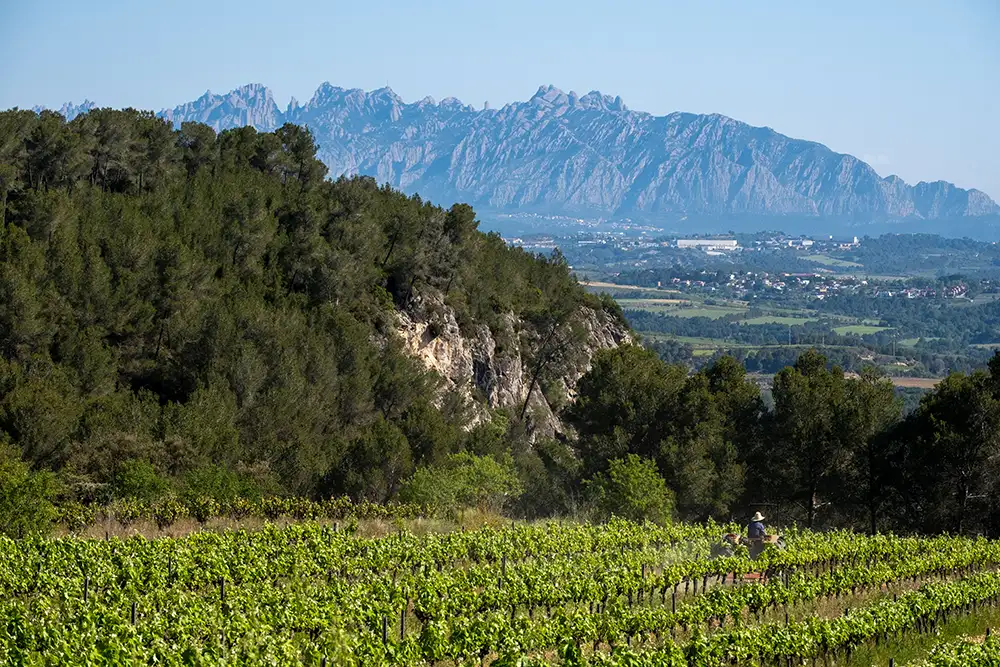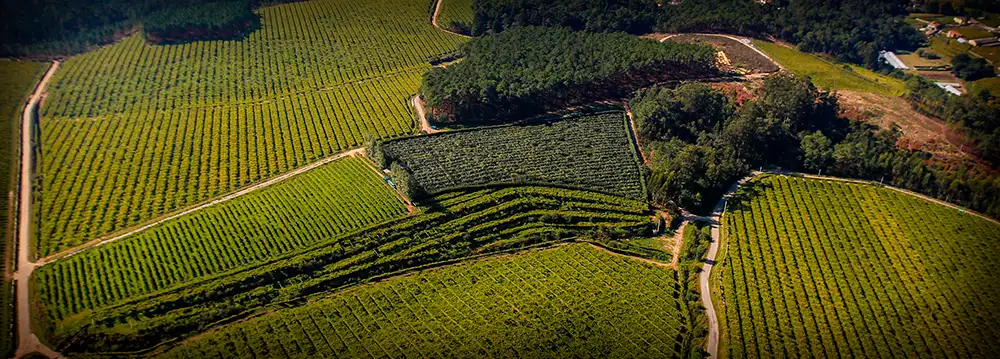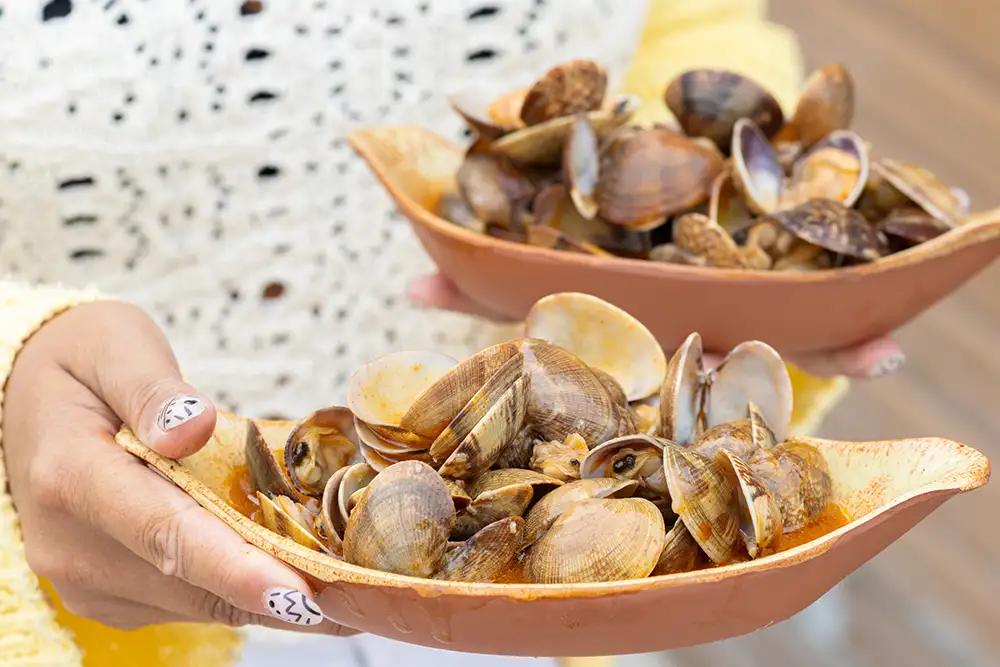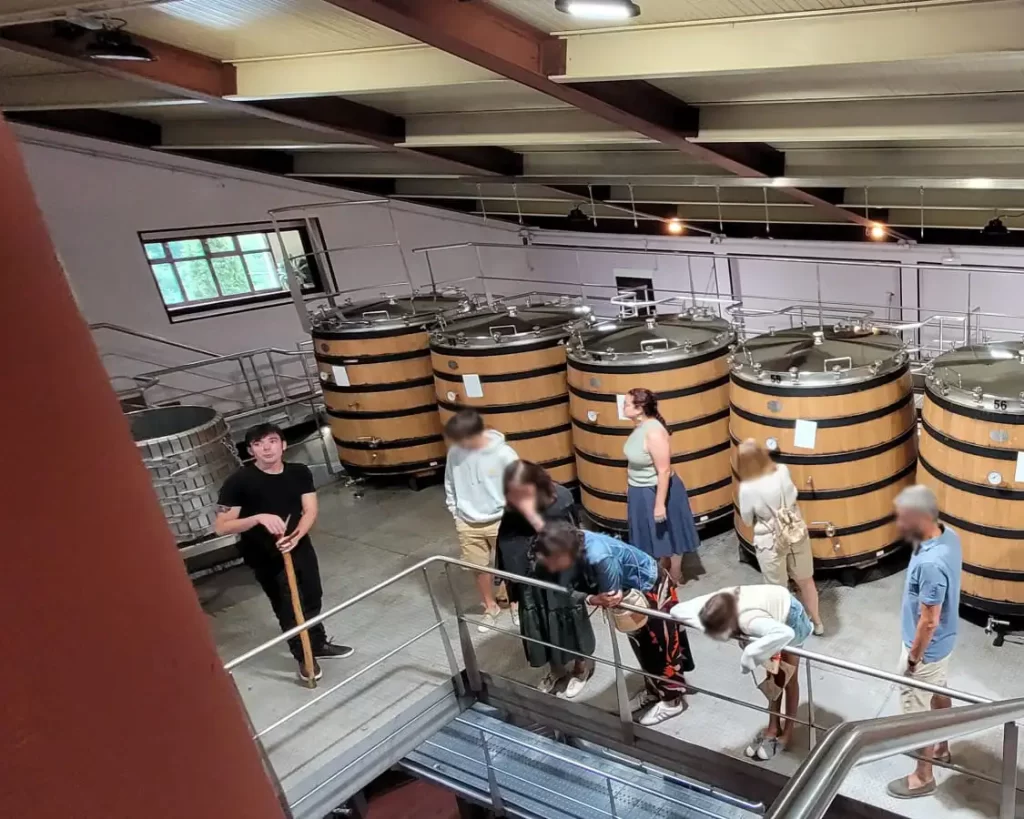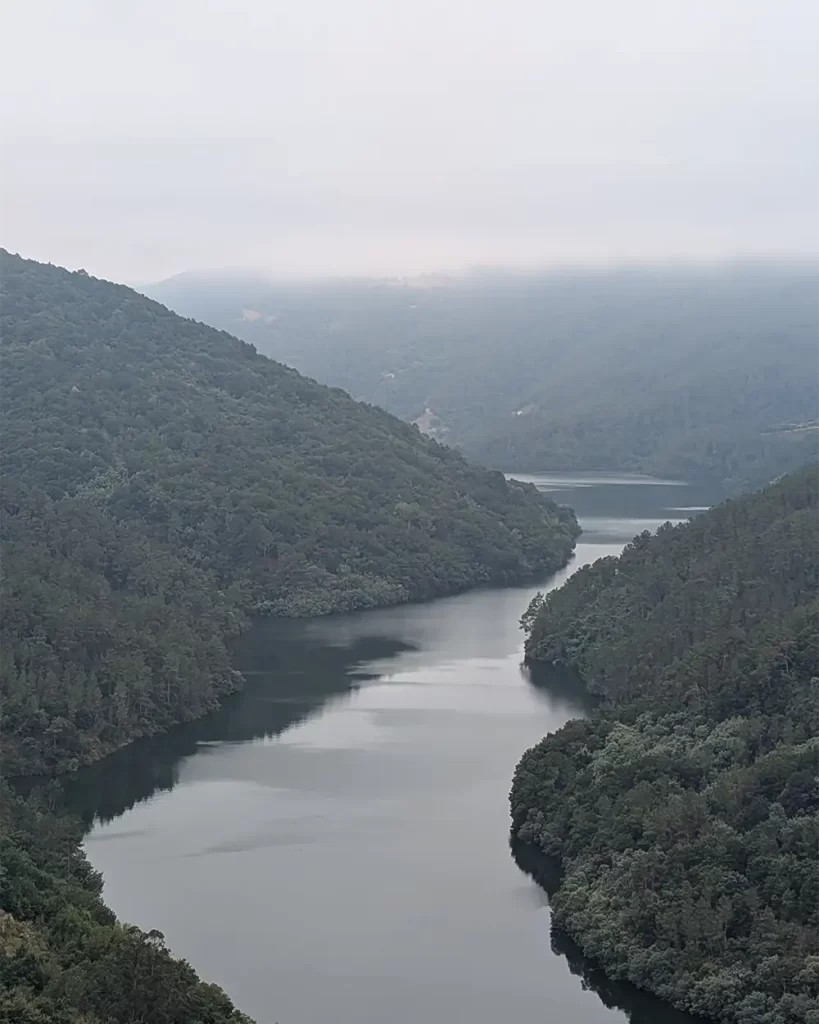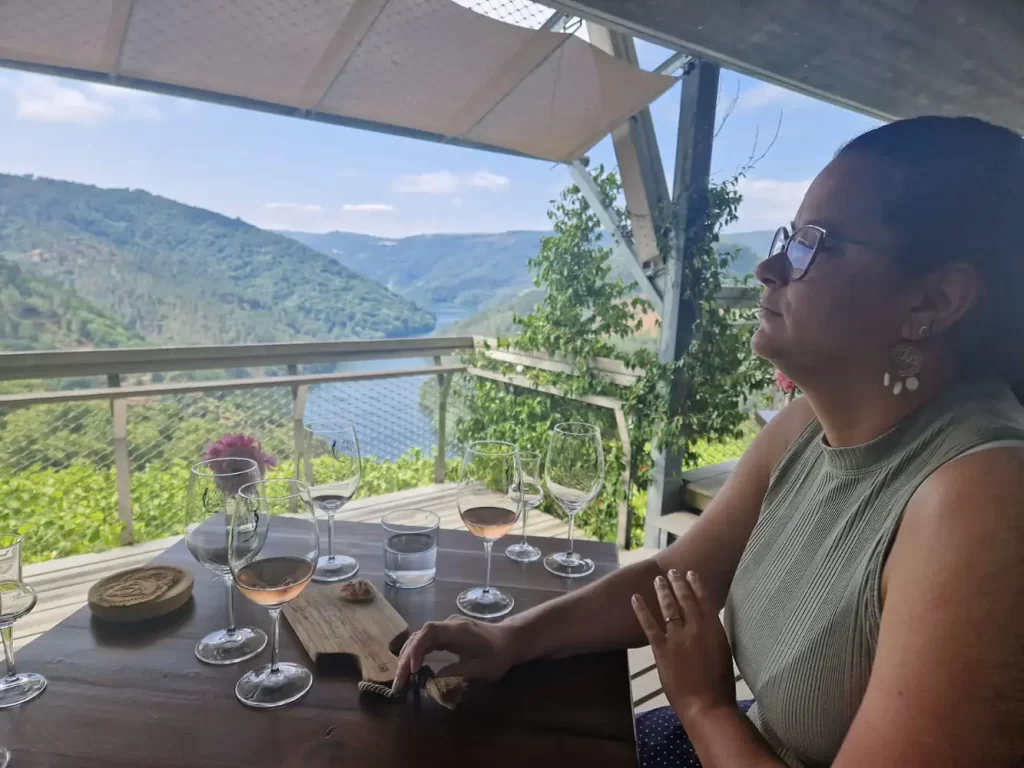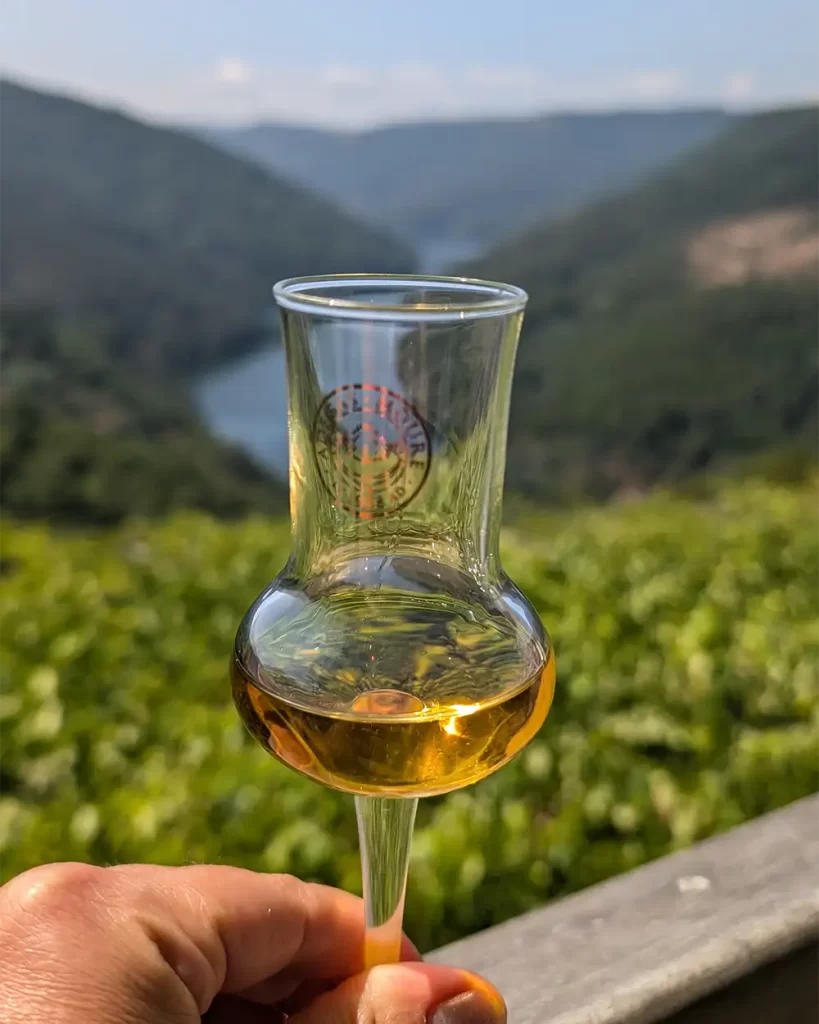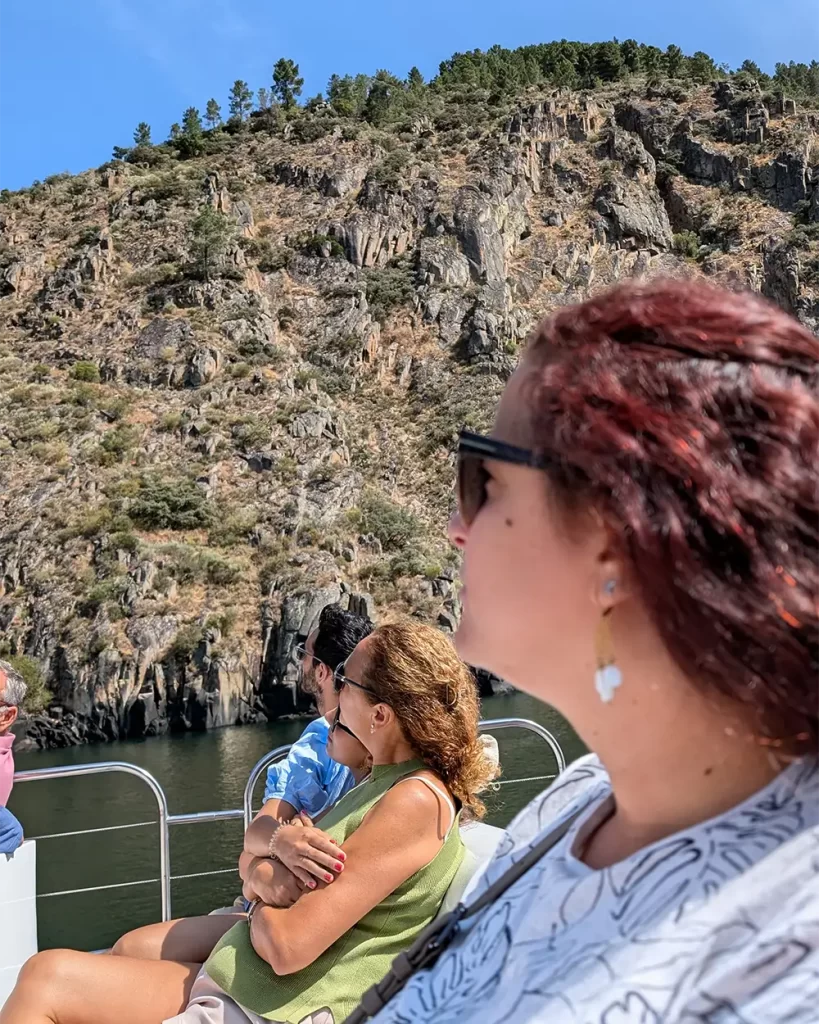Spain is one of the world’s leading wine producers, with a wide range of wine regions that reflect its rich history and diverse landscapes. Unlike countries such as France and Italy, where vineyard tourism is often dominated by international visitors, in Spain the experience tends to be more relaxed and geared towards locals. This creates a more authentic connection with the wineries, many of which are family-run and uphold centuries-old traditions. Spanish wines also stand out for their excellent quality at surprisingly affordable prices.
What are the protected Designations of Origin in Spain?
Wine appellations—known in Spain as Denominaciones de Origen (DOs)—are official certifications that define specific wine-producing regions and guarantee that every bottle meets strict standards of quality. Similar to the Protected Designation of Origin (PDO) system used across the EU, these certifications ensure that the wine reflects the region’s unique characteristics, grape varieties, and traditional methods—what the French call terroir.
A good international comparison is Champagne: by law, only sparkling wine produced in the Champagne region of France using specific techniques can carry that name. In Spain, the same applies to DO wines—each one must come from a defined area and follow established practices to ensure authenticity.
With nearly 100 recognised DOs across the country, Spain offers an incredible variety of styles and flavours. In this article, we’ll highlight some of our favourites and explore what makes each one special.
Wine Regions in Spain
Map: Ministry of Agriculture, Fisheries and Food (Government of Spain)
Rioja
Rioja is Spain’s most famous Protected Designation of Origin (PDO), located in the north of the country. It is renowned for its red wines made primarily from the Tempranillo grape, and for the distinctive use of oak barrels, which add complexity and elegance to the wines.
What to expect from rioja wines
Young reds are fruity and fresh, while Crianza, Reserva, and Gran Reserva wines offer deeper notes of vanilla, spices, and wood, thanks to extended ageing in oak. Although the region also produces light whites and delicate rosés, red wines are the real highlight.
What to do
- Top wineries to visit: Bodegas Marqués de Riscal, Bodegas Muga, Bodegas Ramón Bilbao, Bodegas Vivanco, Bodegas Ysios — and many more.
- Local cuisine: Try classic dishes like stuffed peppers and roast lamb, perfect pairings for the local wines.
- Best time to visit: September and October, during the harvest season.
Best places to stay
- Logroño: The capital of Rioja is a great base for exploring the region. Known for Calle Laurel, full of traditional tapas bars — ideal if you’re looking to pair food and wine.
- Haro: Considered the heart of Rioja’s wine scene, Haro is home to many prestigious wineries and hosts the Wine Battle every June (next edition: 29/06/2025).
- Elciego: A peaceful and charming village, famous for the Marqués de Riscal winery and its luxury accommodation.
- Laguardia: One of the most beautiful medieval villages in the area, and a fantastic spot to enjoy wine in family-run wineries or local bars.
Toro
Toro is one of Spain’s most prestigious Protected Designations of Origin (PDOs), located in the province of Zamora in the northwest of the country. The region is renowned for its full-bodied, intense red wines made primarily from Tinta de Toro, a local variety of Tempranillo adapted to the area’s dry climate.
What to expect from Toro wines
Toro reds are powerful and concentrated, featuring ripe dark fruits, spices, and earthy notes. Thanks to the dry, sunny climate, the wines tend to have firm tannins, offering excellent ageing potential. The region also produces fresh, aromatic white wines made from Malvasía grapes.
What to do
- Unmissable wineries: Bodegas Numanthia, Bodegas Vega Sauco, Bodegas Pintia (Grupo Vega Sicilia), Bodegas Rejadorada and more.
- Local cuisine: Try traditional dishes like arroz a la zamorana (a rich rice dish with pork), roast lamb and local cheeses.
- Best time to visit: September and October, during the harvest season, when the vineyards are at their most scenic.
Where to stay
- Toro: The main town in the region offers a charming atmosphere and plenty of options for winery visits.
- Zamora: A nearby city known for its Romanesque architecture, with easy access to the Toro wine region – perfect if you want to explore beyond the vineyards.
- Valladolid: Slightly further away, but a great base if you’d like to combine Toro with other wine regions such as Rueda and Ribera del Duero.
Ribera del Duero
Located in Castilla y León along the Duero River, Ribera del Duero is one of Spain’s most renowned wine regions. The combination of an extreme continental climate — with harsh winters and hot summers — and the predominant use of the Tempranillo grape results in wines with great personality and internationally recognised quality.
What to expect from Ribera wines
The wines are intense and well-structured. Young reds offer fresh aromas of red berries, while aged wines — such as Reservas and Gran Reservas — develop elegant notes of spice, oak and smooth tannins.
What to do
- Must-visit wineries: Bodegas Vega Sicilia, Bodegas Protos, Bodegas Emilio Moro and Bodegas Pesquera.
- Local cuisine: Don’t miss the region’s signature dish, lechazo asado — roast suckling lamb, slow-cooked in a wood-fired oven.
- Best time to visit: September and October, during the harvest season.
Where to stay
- Peñafiel: A key wine town, home to the impressive Peñafiel Castle and the Wine Museum.
- Aranda de Duero: Ideal for those looking to explore underground wine cellars and enjoy local food.
- Burgos: A larger city with historical interest and great connections to nearby wineries.
Penedès
Located in Catalonia, Penedès is known as the birthplace of cava — Spain’s iconic sparkling wine. With vineyards stretching between the Mediterranean Sea and the mountains, the region is one of Spain’s most important wine-producing areas, offering everything from fresh whites and sparkling wines to high-quality reds.
What to expect from Penedès wines (Cava)
Penedès is especially renowned for cava, a sparkling wine made using the traditional method that rivals French Champagne. The white wines tend to be light and aromatic, while the reds range from fruity styles to more full-bodied expressions. The region also stands out for its modern and sustainable approach to winemaking.
What to do
- Must-visit wineries: Codorníu, Freixenet, Torres, Gramona and Raventós i Blanc.
- Local cuisine: Try traditional Catalan dishes such as esqueixada (salt cod salad) and calçots (grilled spring onions), best enjoyed with a glass of cava.
- Best time to visit: Spring (April and May) brings vibrant vineyard landscapes, while September offers the harvest season and special events.
Where to stay
- Sant Sadurní d’Anoia: The cava capital, full of renowned wineries and guided tours.
- Vilafranca del Penedès: A historic centre with local markets and easy access to nearby vineyards.
- Sitges: Though outside the main wine area, it offers fantastic beaches and is just a short drive from the region’s wineries.
Rías Baixas
Located in Galicia, in northwestern Spain, Rías Baixas is the country’s leading wine region for high-quality white wines. World-renowned for its Albariño grape, the region benefits from an Atlantic climate, granite-rich soils, and unique winemaking traditions.
What to expect from Rías Baixas wines
Albariño wines are fresh, aromatic and well-balanced, known for citrus notes, green apple and subtle minerality. They pair perfectly with seafood — a Galician speciality.
What to do
- Must-visit wineries: Bodegas Martín Códax, Pazo de Señoráns, Adegas Valmiñor, Terras Gauda and Albariño Paco & Lola.
- Local cuisine: Enjoy fresh seafood such as scallops, mussels and the famous pulpo a la gallega (Galician-style octopus), perfectly matched with local wines.
- Best time to visit: Between July and September, during summer. Don’t miss local festivals like the Albariño Festival in Cambados.
Where to stay
- Cambados: Known as the capital of Albariño, offering winery tours, festivals, and rich Galician culture.
- Sanxenxo: A seaside destination ideal for combining beach time with wine and food experiences.
- Vigo: A larger city with excellent infrastructure and easy access to Rías Baixas and other parts of Galicia.
Ribeira Sacra
Located inland in Galicia, Ribeira Sacra is a unique wine region known for its terraced vineyards on the steep slopes along the Sil and Miño rivers. The heroic viticulture practiced here — with grapes hand-harvested on near-vertical terrain — results in wines full of character and authenticity.
What to expect from Ribeira Sacra wines
The region is best known for its red wines made from the Mencía grape, which are elegant, fresh, and express vibrant red fruit notes. Ribeira Sacra also produces high-quality white wines, especially from Godello and Albariño, offering great acidity and complexity.
What to do
- Must-visit wineries: Regina Viarum, Adega Algueira, Ponte da Boga and Vía Romana.
- Activities: Take a catamaran trip through the Sil River canyons to admire the vineyards clinging to the slopes and the medieval monasteries scattered throughout the region.
- Best time to visit: Between April and October, when the weather is ideal for exploring the area and enjoying outdoor activities.
Where to stay
- Monforte de Lemos: Considered the capital of Ribeira Sacra, it offers good infrastructure and is close to many of the region’s wineries.
- Ourense: A great option for those wanting to combine wine tasting with relaxing in the city’s famous hot springs.
- Chantada: A peaceful and charming village, perfect for a more authentic stay in the heart of Ribeira Sacra.
…And much more
In addition, Spain is home to many other wine regions worth exploring, including:
Ribeiro: Located in Galicia, known for its fresh and aromatic white wines made from grapes like Treixadura and Godello.
Somontano: Situated at the foot of the Pyrenees, renowned for combining traditional and modern techniques, producing balanced reds and elegant whites.
Jerez: In Andalusia, the birthplace of the famous fortified Sherry wine, with styles ranging from dry Fino to sweet Pedro Ximénez.
Montsant: A compact region in Catalonia, adjacent to Priorat, famous for its full-bodied reds made from Garnacha and Cariñena.
La Mancha: One of the world’s largest wine regions, producing a wide range of affordable wines, with a focus on Tempranillo reds and Airén whites.
Priorat: Internationally recognized for its intense and complex wines, made from unique llicorella (schist) soils.
Apesar de ser um dos maiores produtores de vinho do mundo, a Espanha ainda não tem o mesmo prestígio comercial que regiões muito famosas da França e Itália. Isso se deve, em parte, ao fato de que boa parte de sua produção é vendida a granel ou focada no mercado interno, com menos esforços históricos em marketing internacional. Mas isso está longe de ser uma desvantagem para quem deseja explorar suas regiões vinícolas. Pelo contrário: essa característica torna a experiência muito mais autêntica, acessível e próxima da cultura local.
Os passeios pelas vinícolas espanholas são, em geral, mais tranquilos, menos turísticos e marcados por uma conexão genuína com os produtores. Além disso, a relação custo-benefício dos vinhos espanhóis é excelente, com muitas opções de altíssima qualidade a preços bastante competitivos. Tudo isso sem perder em nada para as regiões mais renomadas da Itália ou da França.
Visitar as regiões vinícolas da Espanha é uma oportunidade para conhecer de perto os processos, as pessoas e os sabores que tornam cada garrafa especial. Não importa se você escolhe as encostas dramáticas da Ribeira Sacra ou as caves históricas de Penedès, cada lugar oferece algo único, sem perder a essência de uma experiência autêntica.

